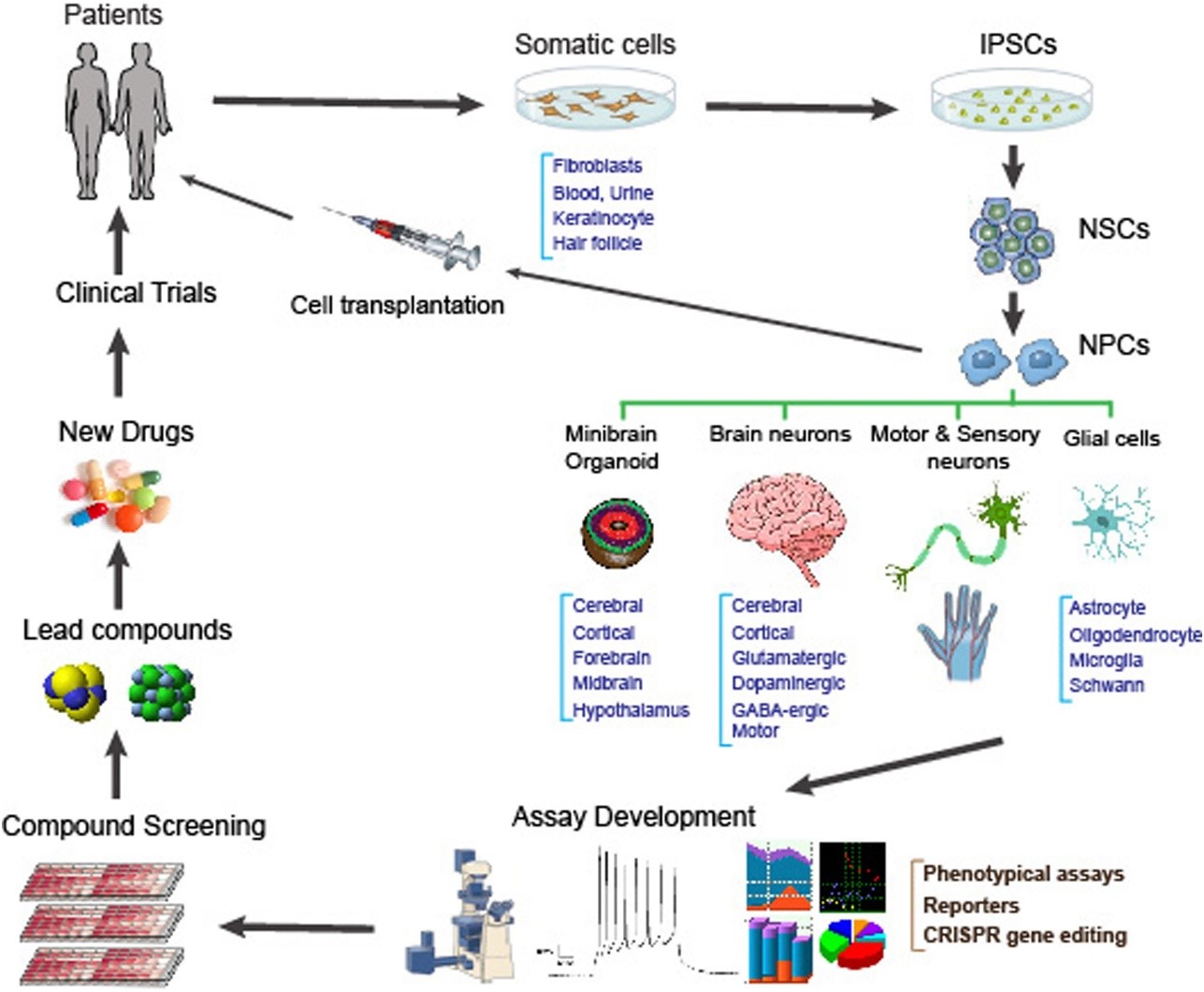Induced pluripotent stem cell (iPSC) technology is revolutionizing medical science, enabling people to explore disease mechanisms and novel therapeutic molecular targets, and providing opportunities for drug discovery and proof-of-concept research for drug development.
There are many potential reasons for drug discovery from the molecular and animal model level to the failure of human therapeutics. In particular, the success of the preclinical phase of drug development is based on animal models. Drug discovery/development platforms using iPSC-based disease models may help fill the gap between animal models and clinical trials.
The discovery of cardiac drugs is unable to accurately identify new targets and test novel therapeutic strategies due to the reliance on non-human animals and cell models with insufficient throughput and physiological fidelity. Similarly, the adverse effects of drugs on the heart are also difficult to model, leading to costly failures in the development process and even after market launch. iPSC-derived cardiomyocyte represents a potentially powerful tool for modeling cardiac physiology related to diseases and adverse drug reactions, thereby providing the human background and flux needed to improve the efficiency of drug development. In iPSC technology, cardiomyocyte biology combined with high-throughput instruments and physiological probes, is possible to reintroduce the human environment into the early stages of cardiac drug discovery.
As the global average life expectancy increases, neurological diseases such as Alzheimer's disease and Parkinson's disease are becoming increasingly problems. Inadequate understanding of disease pathophysiology in animal models and incomplete manifestations of human neurological diseases can hinder the development of therapeutic drugs. Recent advances in iPSCs have enabled the use of patient-derived neurons to model human diseases. The use of iPSC-derived neurons can facilitate compound screening and drug efficacy evaluation. These cells have the genetic background of the patient and can more accurately simulate the specific pathophysiology and phenotype of the disease, and can be produced in large quantities. Therefore, the application of iPSC-derived human neurons is a new direction for neurological drug discovery.
 Fig.1 Applications of iPSCs in drug discovery and development.1
Fig.1 Applications of iPSCs in drug discovery and development.1
iPSCs can provide an alternative model system to make up for the deficiency of predictive in vitro human models for drug discovery in rare genetic diseases.
Several iPSC-based candidate drugs are currently in clinical trials, such as a small molecule substance that improving iPSC-derived motor neurons (as a model of spinal muscular atrophy (SMA)) survival has been advanced to clinical trials.
Human iPSCs can be obtained from cancer cells of patients, and these iPSCs and their offspring will provide cell targets containing all tumor mutations in the patient's genetic background. Compared with traditional tumor cell lines, mouse tumor or mouse xenotransplantation models currently used for drug screening, the cell types obtained by distinguishing patients' iPSCs from tumor tissues may be more biologically relevant to human tumors. As far as we know, hepatotoxicity is the most common reason why many promising anticancer drugs cannot enter clinical practice. In liver cancer, human iPSCs-derived hepatocytes with different gene backgrounds will help to test the toxicity of candidate anticancer drugs.
In addition to the types of diseases introduced above, the revolution in iPSC technology also provides a platform for other disease modeling and drug development, including some ophthalmologic diseases, blood diseases, infectious diseases, etc., which represents a powerful in vitro platform using patient-specific cells to provide opportunities for personalized precision medicine.
If you want to get more information about iPSC technology in disease treatment, please feel free to contact us.
Reference
For Research Use Only. Not For Clinical Use.